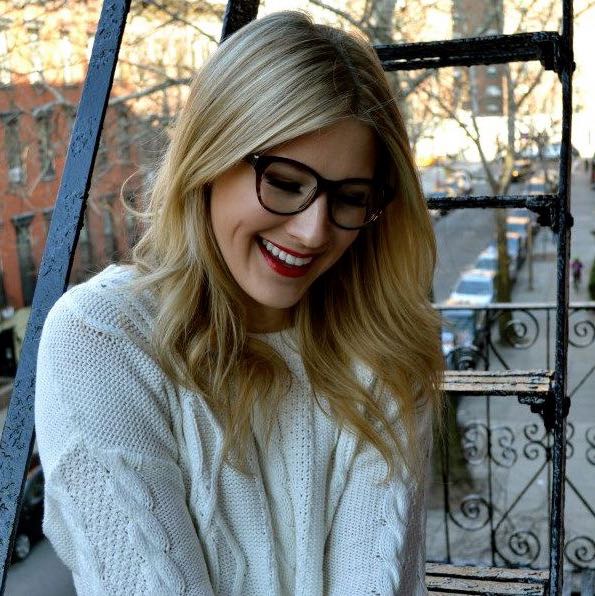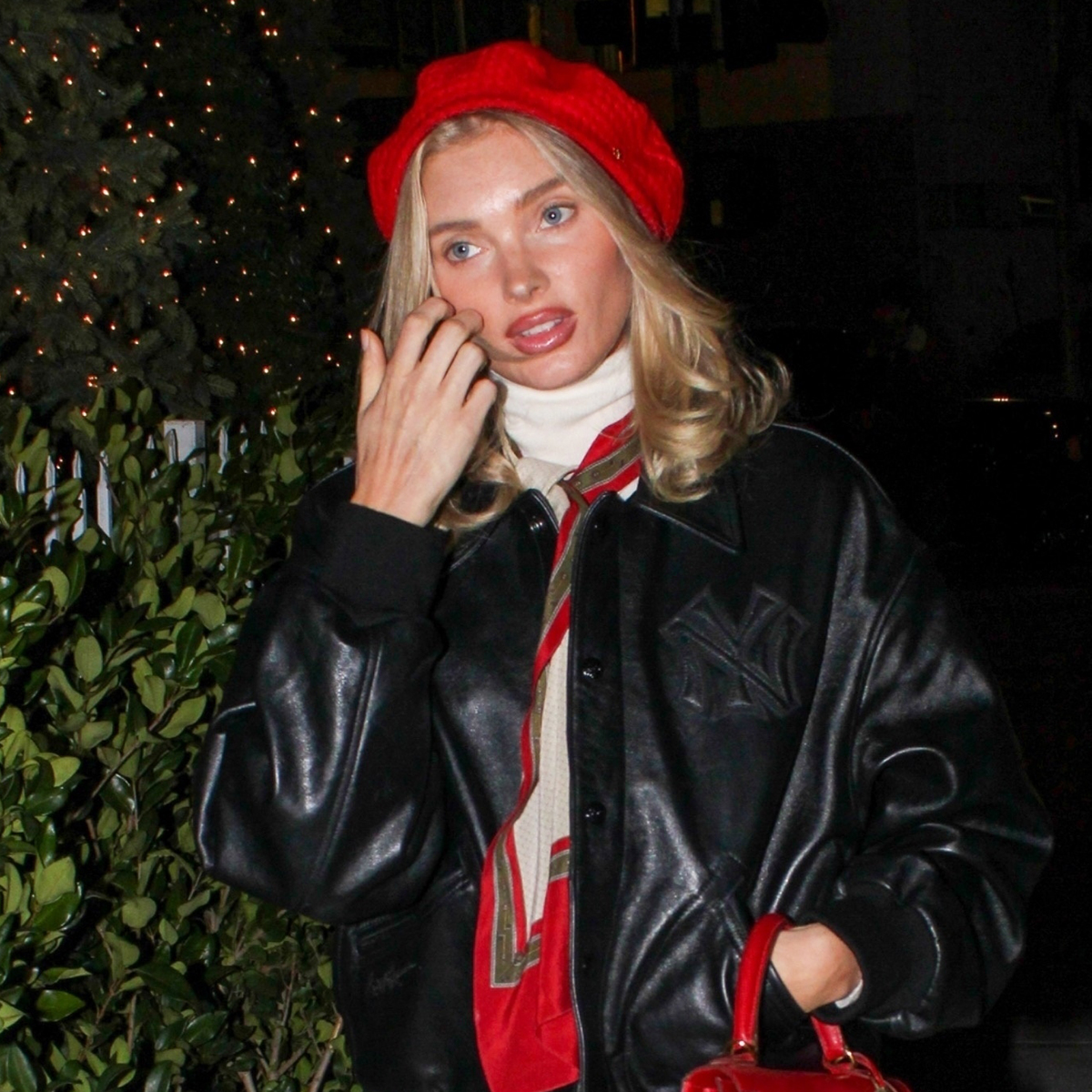Why Don't We Touch Each Other More? A Professional Cuddler Weighs In

The Benefits
The benefits of snuggling are all derived from one kick-ass hormone found in the body: oxytocin. You’ve probably heard of it before. “It’s the hormone that gets released when we have nurturing touch. It’s released when a woman breastfeeds, when people make love, and also, simply, when a person is touched and they feel safe,” Franzblau says.
An increase in the oxytocin hormone can result in four specific physiological benefits: a boost in the immune system; an improvement in heart health, and specifically a lower risk of cardiovascular disease; deeper and better sleep; and a decreased level of cortisol, the stress hormone in the body. Pretty powerful, right?
Franzblau has experienced mental health benefits as well. “What I observe in myself is that the depression that I used to feel—it was cyclical; it was often—would come upon when I would be isolated in my home office for a day. If I have an experience with touch—if I schedule time with a cuddle buddy or go to a cuddle workshop—the depression begins to lift.”
The Stigma
I was curious: If the health benefits are so widely known, why aren’t we more comfortable with touch? According to Franzblau, it’s cultural. “In America, we’ve lost touch, culturally, with the fact that we’re allowed to touch each other with consent. We’ve also lost contact with these benefits of being human—the fun and the joy and the pleasure,” Franzblau says.
Studies agree: Recent findings have shown that American teens touch each other less than French teens but have higher levels of aggression toward their peers. Another study shows that European Americans show a “lack of touching” that “may be related to cultural values of objectivity, efficiency, and autonomy. European Americans have been described by members of other cultures as touch-avoidant. Compared to the amount of touch that occurs in Latin American, Southern European, and Arab cultures, this is certainly true.”
According to Franzblau, this “touch avoidance” might be the root of other social trends. “Is there a correlation between the fact that culturally, people aren’t touching each other, and the fact that people are diving into antidepressants? I think so. I think there’s a big connection,” she asserts.
Should We All Just Touch Each Other More?
So how do we reintroduce the joy of frequent physicality into our lives? Franzblau has two simple suggestions to get you started. First, consider what she calls a “long-ass hug—or LAH.” This means any hug that’s at least 20 seconds long. Put on a timer, hug it out, breathe deeply, then “decide after, ‘Do we feel better?’ And if so, ‘Can we do this more often?’”
Another simple suggestion is to change your seating arrangement at next weekend’s brunch. Instead of sitting across from your friend, Franzblau suggests you sit side by side so you’re subtly touching and have more opportunity to interact closely.
The idea makes me picture a French café with a couple posed languidly on the same side of the table, limbs intertwined, nonchalant caress peppered throughout the meal. I wonder, could I ever be that casual about it? Am I too uptight? Too American? I flip through a mental Rolodex of my recent experiences with platonic touch—the friend who squeezed my arm for conversational emphasis, the spiritual guru who hugged me a little longer than I liked, my mom’s expression of worry and adoration as she moved the hair off my forehead.
As I replay the highlight reel of my recent run-ins, I realize how infrequent and emotionally loaded these experiences are for me. I feel like Franzblau can read my face through the phone as she says, “The word cuddle, in my business, confuses or even turns off many people. And that’s a marketing problem for me.”
Marketing problem for one—cultural problem for the rest of us, maybe. Have we lost touch with touch? Tell me your thoughts below.
For information on attending a Cuddle Sanctuary training or workshop, check out their website.
This article is provided for informational purposes only and is not intended to be used in the place of advice of your physician or other medical professionals. You should always consult with your doctor or healthcare provider first with any health-related questions.

I'm a freak for the sixties set: Brigitte Bardot, Sophia Loren, Veruschka
Who are your 5 favorite people to follow on Instagram?@stonefoxbride @lenadunham @sfgirlbybay @bullyinstagram @jengotch
What's the beauty essential you can’t live without?Eyeliner
What's your desert island album?The Eagles Hell Freezes Over
What's your favorite Byrdie.com story? Why Don’t The Cool Kids Wear Makeup? See More
